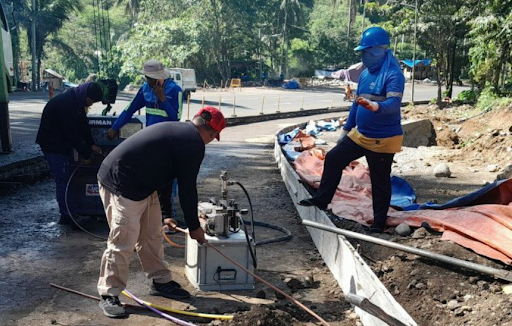Globe Telecom reported an 18 percent decrease in total fiber cut incidents in the first half of 2025, citing strengthened network resiliency measures, tighter security protocols, and deeper collaboration with communities and local government units (LGUs).
The decline highlights the impact of the company’s Fiber Cut Task Force (FCTF), launched in 2024 to tackle rising fiber disruptions that had previously affected customer connectivity. The initiative introduced enhanced cable layout designs, 1,500 kilometers of completed underground fiber infrastructure, and proactive maintenance in high-risk areas—cutting repeat incidents by up to 93 percent.
“Reliable connectivity is vital to support the country’s digital economy. These results reflect the success of our proactive strategy,” said Joel Agustin, Globe’s SVP and head of Network Planning and Engineering.
Intentional fiber cuts due to cable theft remain a key concern. In response, Globe rolled out a CCTV deterrent program in vulnerable areas, leading to an 80 percent drop in incidents in parts of Quezon City and prompting expansion to other Metro Manila locations. The company also partnered with LGUs to introduce community-based livelihood and wellness programs as part of a broader crime prevention strategy.
To further boost network resilience, Globe is investing in infrastructure upgrades, including the underground migration of 1,600 kilometers of backbone fiber and the fortification of 1,200 wireless and broadband nodes.
Globe reaffirmed its commitment to building a future-ready network through a combination of engineering precision, community partnerships, and sustained preventive efforts.







